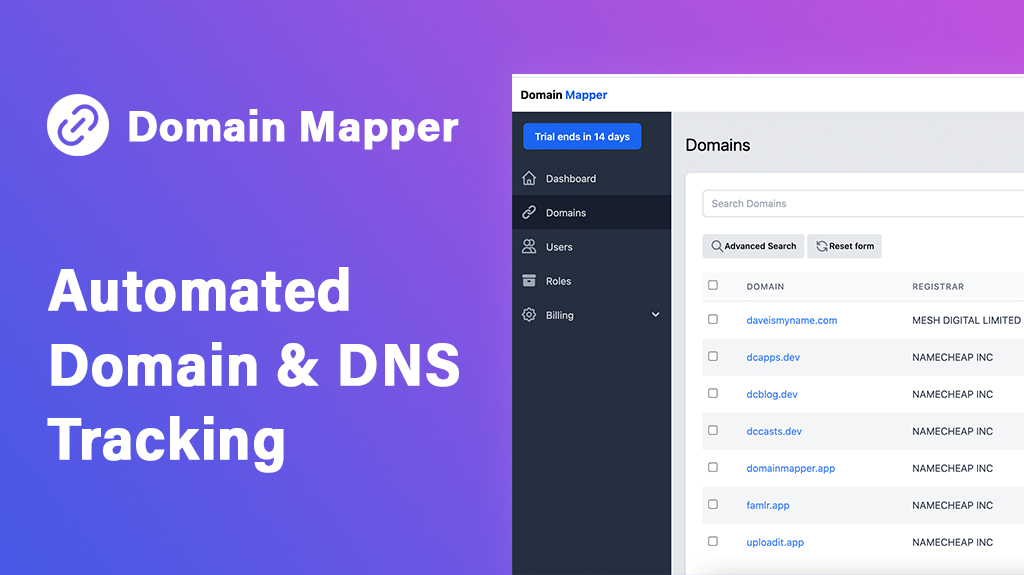How To Auto Categorize In Php Blog
Creating a blog from scratch with PHP - Part 5 Sidebar, Categories and Archives
Blog Series
- Part 1 - The Build
- Part 2 - SEO URLS
- Part 3 Comments with Disqus
- Part 4 Categories
- Part 5 Sidebar, Categories and Archives
- Part 6 Pagination
- Part 7 Tags
- Part 8 Tags Sidebar
This tutorial is extending the Creating a blog from scratch with PHP with that in mind I will only be covering new pieces of code and not the whole codebase.
This part will cover adding categories to posts.
admin demo: http://www.dcblog.dev/demos/simpleblog-sidebar/admin
username: demo
password: demo
First the templates will need updating to be in 2 column the first column will be called main and the second will be called sidebar.
Open style/main.css and replace #wrapper with:
#wrapper { margin:auto; width:960px; } #main { float:left; width:640px; margin-right:20px; } #sidebar { float:right; width:300px; } For all pages add the following structure:
<div id='main'> <!-- php code here --> </div> <div id='sidebar'> <?php require('sidebar.php'); ?> </div> Next create a new file called sidebar.php
Sidebar.php will contain all the sidebar content.
Latest Posts
To add a latest posts section loop through the posts table and set a limit for how many record to display
<h1>Recent Posts</h1> <hr /> <ul> <?php $stmt = $db->query('SELECT postTitle, postSlug FROM blog_posts_seo ORDER BY postID DESC LIMIT 5'); while($row = $stmt->fetch()){ echo '<li><a href="'.$row['postSlug'].'">'.$row['postTitle'].'</a></li>'; } ?> </ul> For categories it's the same as above query the cats table and loop through.
<h1>Catgories</h1> <hr /> <ul> <?php $stmt = $db->query('SELECT catTitle, catSlug FROM blog_cats ORDER BY catID DESC'); while($row = $stmt->fetch()){ echo '<li><a href="c-'.$row['catSlug'].'">'.$row['catTitle'].'</a></li>'; } ?> </ul> For archives loop through the posts table return the month and year for each month use a GROUP BY to merge identical results.
In the loop create a link in the href needs a custom slug creating that will be a- then the month then the year for instance: a-2-2014, a new rule will need to be added to the .htaccess file to point the link to archives.php
<ul> <?php $stmt = $db->query("SELECT Month(postDate) as Month, Year(postDate) as Year FROM blog_posts_seo GROUP BY Month(postDate), Year(postDate) ORDER BY postDate DESC"); while($row = $stmt->fetch()){ $monthName = date("F", mktime(0, 0, 0, $row['Month'], 10)); $slug = 'a-'.$row['Month'].'-'.$row['Year']; echo "<li><a href='$slug'>$monthName</a></li>"; } ?> </ul> Next update .htaccess and add the following above on line 5
RewriteRule ^a-(.*)-(.*)$ archives.php?month=$1&year=$2 [L] This will point a-3-2014 to archives.php?month=3&year=2014
Next create a new file called archives.php
Copy the content of index.php to this file.
Replace the query this the following, this will collect the data from a $_GET request then display all posts that match the date range.
//collect month and year data $month = $_GET['month']; $year = $_GET['year']; //set from and to dates $from = date('Y-m-01 00:00:00', strtotime("$year-$month")); $to = date('Y-m-31 23:59:59', strtotime("$year-$month")); $stmt = $db->prepare('SELECT postID, postTitle, postSlug, postDesc, postDate FROM blog_posts_seo WHERE postDate >= :from AND postDate <= :to ORDER BY postID DESC'); $stmt->execute(array( ':from' => $from, ':to' => $to )); Upload the files, All done, the blog now has a sidebar with categories, latest posts and archives.

Domains are often purchased from multiple providers, keeping track of where a domain is and its DNS settings can be tricky. Domain Mapper solves this by listing all your domains in one place. View your DNS settings and receive reminders to renew your domains. Try it today.
How To Auto Categorize In Php Blog
Source: https://dcblog.dev/creating-a-blog-from-scratch-with-php-part-5-sidebar-categories-and-archives
Posted by: kosstrumsess.blogspot.com

0 Response to "How To Auto Categorize In Php Blog"
Post a Comment